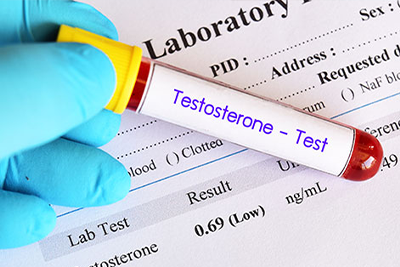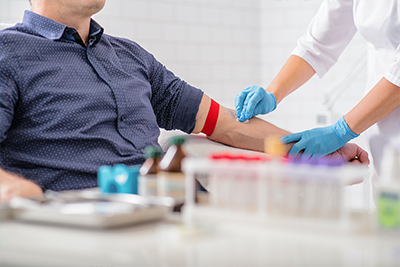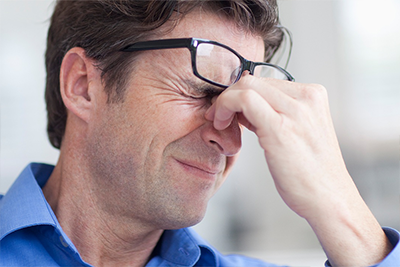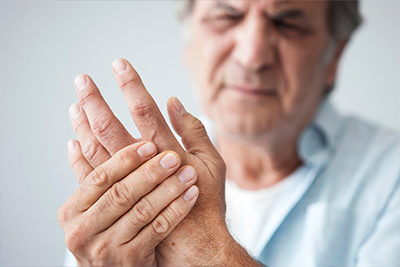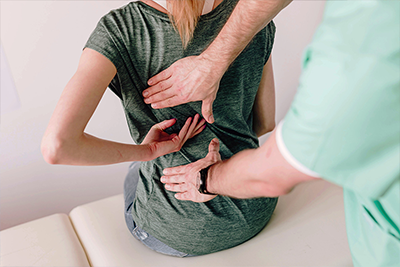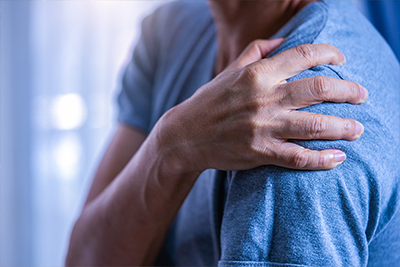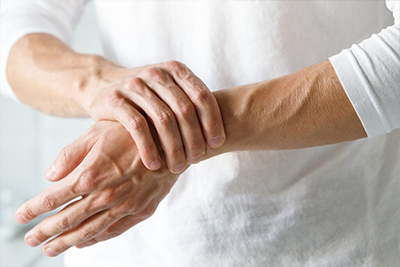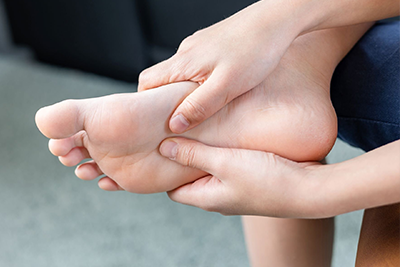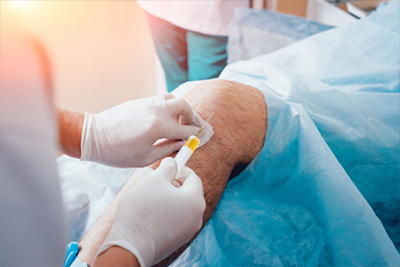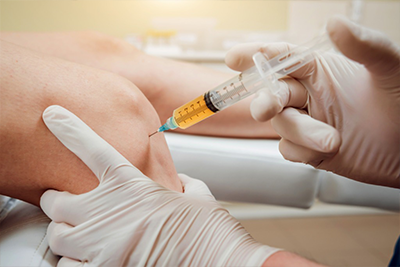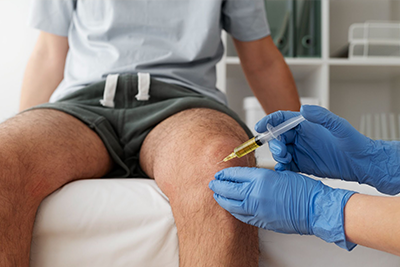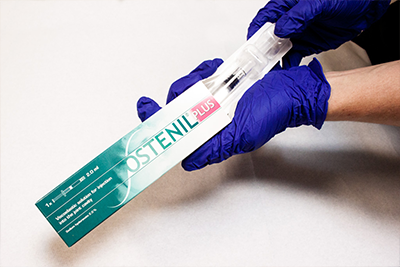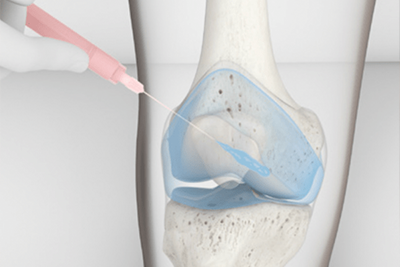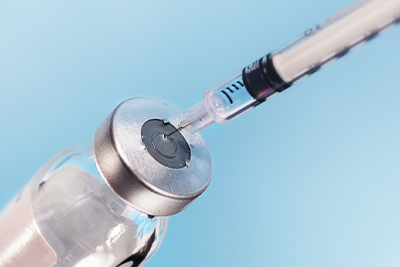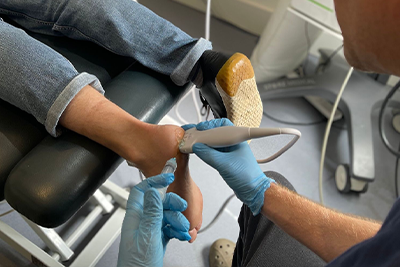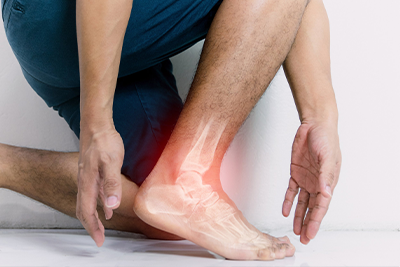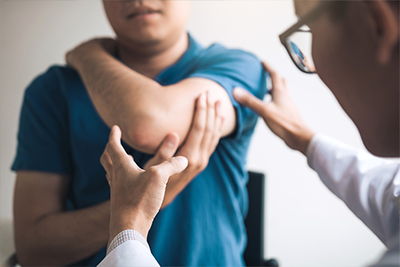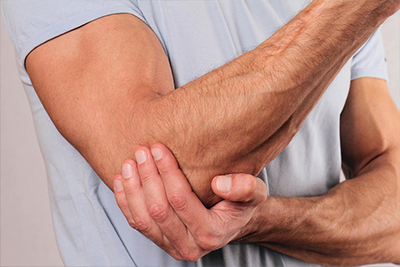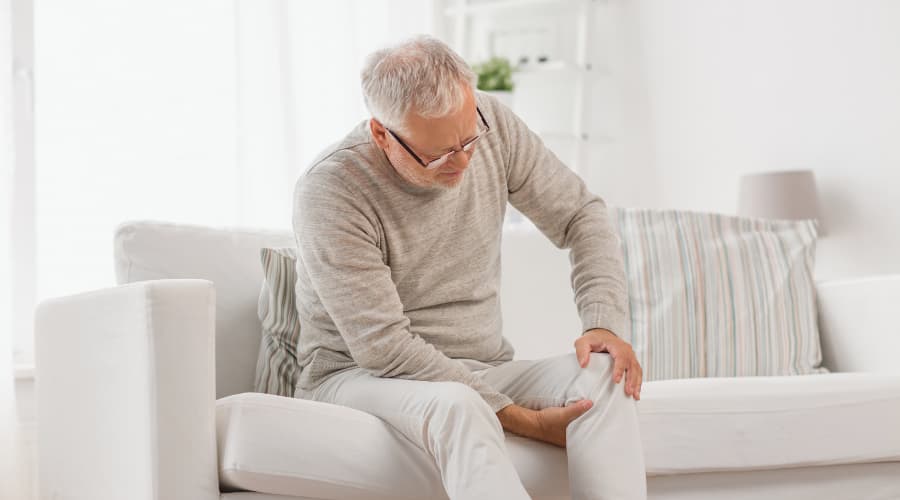If you suffer from penis pain, you know how debilitating and draining it can be. It is not something that just goes away on its own. That’s why it’s more important to understand the treatments available for these conditions, as they can help alleviate their pain and discomfort.
Over the past few years, Pelvic Physical Therapy (PT) has become a go-to resource for men dealing with chronic pelvic pain or discomfort. We will discuss what penile pain is and how pelvic PT can help treat it.
What is Penis Pain?
Penis pain, or penile pain, is a condition that involves discomfort and pain in the penis. The severity of penis pain can range from mild to severe and may come and go over time. Various factors, including physical injury, infection, skin irritation, allergies, and mental health issues, can cause it.
Treatment depends on the underlying cause but may include medications, lifestyle changes such as wearing loose-fitting clothing or avoiding certain activities that trigger the pain, avoiding sexual contact until the issue resolves itself, using an anti-inflammatory cream or ointment for localised symptoms, undergoing physical therapy for more severe cases of chronic pain syndrome (CPPS), or seeing a doctor for further evaluation if other treatments aren’t successful.
What are the Symptoms of Penis Pain?
Penis pain can present itself in a variety of ways. Erectile dysfunction, or difficulty achieving and maintaining an erection, is one of the most common symptoms. Painful erection, or penile pain during or after an erection, is also very common. Pain in urination, known as painful voiding, is also a symptom that may be experienced with penis pain. Hard flaccid involves an abnormally rigid penis even when not erect.
Painful sex and numbness are other symptoms associated with this condition. Burning sensations may also develop if the pain persists for a long time. If you experience any of these symptoms, talking to your doctor about potential treatment options is essential to get back to feeling your best.
It’s also important to note that various underlying medical conditions, such as an infection or urinary tract disorder, can cause penis pain. Therefore, getting evaluated if you experience any symptoms for over a few days is critical to avoid further complications.
When Should You See a Doctor?
See a doctor if you experience penile pain that persists or worsens, even with home treatment. Also, seek medical attention if any changes in bowel function, bladder function, skin changes such as redness or rash, an injury, numbness in the penis area, or a discharge from the penis accompany the pain. It means the infection has spread to the bladder or gut, leading to complications if not treated promptly.
Getting checked out immediately is essential if you are experiencing difficulty achieving or maintaining an erection. In some cases, penile pain may indicate a more serious underlying condition and should not be ignored. Seeking professional medical attention can help rule out severe health conditions and provide appropriate treatments for successfully managing the symptoms.
What are the Possible Causes of Penis Pain?
Musculoskeletal Causes
Muscles, ligaments, and other soft tissue
The penis is held in place by a system of muscles and ligaments, which help to provide support, stability, and movement. The main muscle groups include the bulbospongiosus and ischiocavernosus muscles at the base of the penis and the suspensory ligament at its tip. Together, these structures form the pelvic floor, which helps hold the penis firmly during sexual activity.
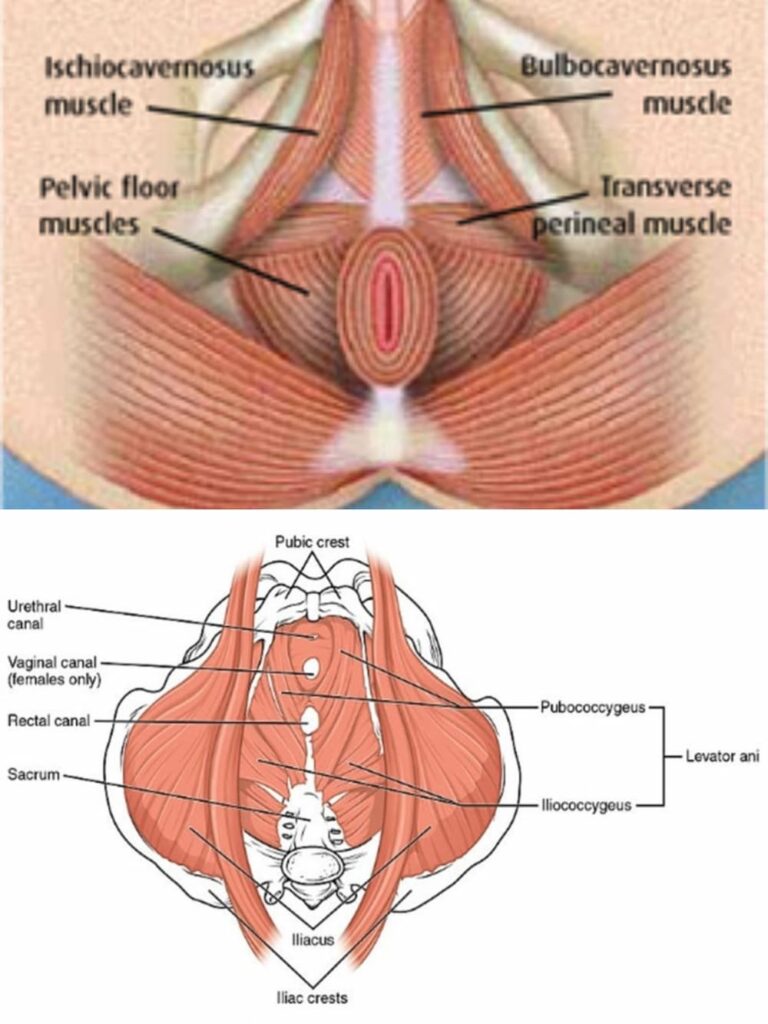
These muscles’ interaction also helps regulate blood flow to and from the penis, erecting it when aroused. In addition, they play an essential role in ejaculation as they help to expel semen from the body during orgasm. Weakness or spasms of these muscles can also be a significant cause of penile pain.
Trauma to the area from accidents or vigorous sex can cause inflammation and pain. In addition to underlying medical conditions, such as diabetes or an STD, it can also be caused by damage to muscles, ligaments, and other soft tissues around the penis. Weakness or spasms of these muscles can also be a significant cause of penile pain.
Some men experience persistent penile pain unrelated to any injury or trauma. This is known as chronic pelvic pain syndrome (CPPS). This type of pain may also be called deep pelvic pain and typically occurs in men over 40.
Treating penile pain depends on identifying the source and making necessary lifestyle changes. Ligaments and other soft tissues may need to be stretched or massaged to help relieve pain. Muscles around the penis can be strengthened with pelvic floor exercises or a penis pump.
Nervous system
The penis is supplied by both the parasympathetic and sympathetic nervous systems. Its main nerve supply comes from the pudendal nerve, which originates in the sacral spine and supplies the dorsal nerves of the penis. This nerve carries information on sensations such as touch and pain to the brain and provides motor impulses to cause an erection.
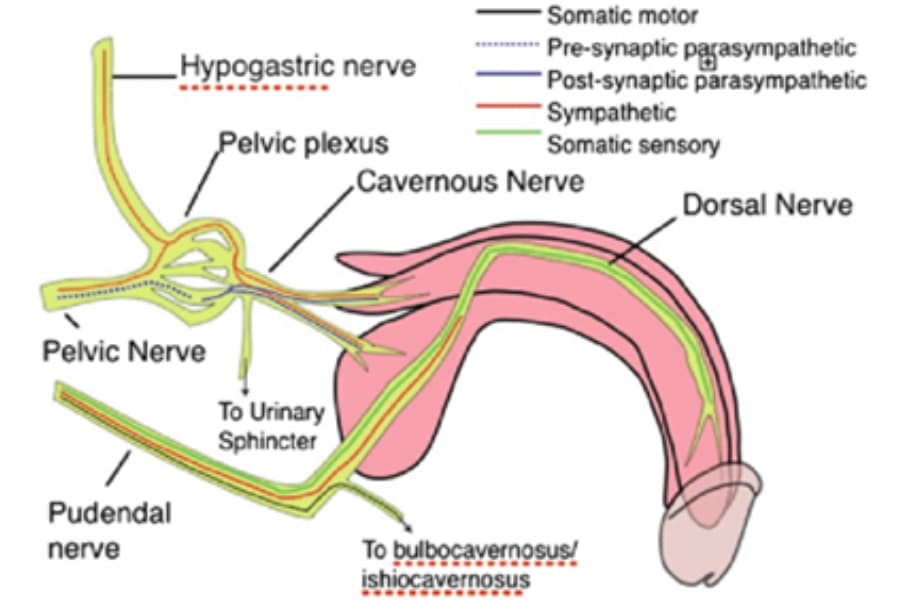
The cavernous nerves are also involved in penile erection, sending signals from the genital area to trigger smooth muscle contraction. These nerves also play a role in ejaculation by controlling the emission of semen. Additionally, several smaller nerves contribute to penile sensitivity and sensation, including those associated with the bulbospongiosus muscle and corpora cavernosa.
The involvement of the nervous system and its connection to penile pain is often overlooked, but it can be a significant contributor. The nerves in the area of the penis can become irritated or inflamed due to various conditions, such as prostatitis, endometriosis, bladder infections, urinary tract infections, and more. In some cases, nerve damage may also be present. When this happens, men may experience pain in their penis that ranges from mild discomfort to severe throbbing or burning. It is crucial for anyone experiencing these symptoms to seek medical attention to rule out any underlying causes for their condition.
Some Other Causes
Urinary Tract Infections
Urinary Tract Infections (UTIs) are common causes of penile pain. Symptoms can include a burning sensation when urinating, increased frequency and urgency for urination, and cloudy or bloody urine. UTIs can be treated with antibiotics prescribed by a doctor.
Sexually Transmitted Diseases
Sexually Transmitted Diseases (STDs) may also cause penile pain. Chlamydia, gonorrhoea, herpes simplex virus, and syphilis are some STDs that might cause symptoms such as itching or burning on the penis, discharge from the penis, and painful urination.
Penile Irritation
Penile irritation can also be a cause of penile pain. This may occur due to harsh soaps or products on the skin, tight clothing, or allergic reactions to certain personal care items. To reduce symptoms of penile irritation, it is crucial to keep the area clean and dry and avoid any potential irritants.
Paraphimosis
Paraphimosis is a medical condition in which the foreskin of an uncircumcised penis becomes trapped behind the glans penis and cannot be returned to its original position. Paraphimosis may lead to swelling, difficulty urinating, and severe pain in the genital area.
Prostatitis
Prostatitis is an infection of the prostate gland which can cause penile pain. Symptoms include pelvic or lower abdominal pain, difficulty urinating, and blood in the urine. Treatment involves antibiotics prescribed by a doctor to address the infection.
Priapism
Priapism is when the penis remains erect for more than four hours and can be painful. In some cases, this may require emergency medical care to prevent long-term damage to the penis tissue.
Penile Fracture
A penile fracture occurs when an object strikes or forcefully bend the erect penis causing it to break. Symptoms may include bruising, swelling, and severe pain that typically requires urgent medical attention. Surgical intervention is often necessary to repair any damage caused by a penile fracture.
Treatment with Pelvic PT:
Pelvic physical therapy can help with penile pain, often affecting men due to injury or chronic health conditions. Pelvic PT works by focusing on the musculoskeletal system in the area of the body around and including the pelvis. Through exercises and other techniques, pelvic PT can help strengthen and stabilise the muscles, tendons, ligaments, and connective tissue surrounding the penis. This can reduce inflammation and tension that may be causing your pain.
Pelvic PT can help improve the overall quality of life by reducing penile pain and enhancing sexual function. It can also improve posture, range of motion, flexibility, balance, coordination, strength, and joint mobility to help you better manage your penile pain. Additionally, it may help target any underlying causes of your symptoms, such as nerve compression or tightness in certain body areas.
At Vale Health Clinic, we specialise in pelvic physical therapy, so you can get relief from your penile pain while improving your overall well-being. We will assess your situation and create an individualised plan based on the underlying cause of your discomfort.
Related Articles
- Pelvic Floor Pain in Men
- Understanding Testosterone Deficiency and the Role of Hormone Replacement
- Understanding the Signs and Symptoms of Low Testosterone Every Man Should Know About
- Understanding Peyronie’s Disease: Causes, Symptoms, Diagnosis, and Treatment Options
- Exercise for Peyronie’s Disease: Managing the Symptoms


